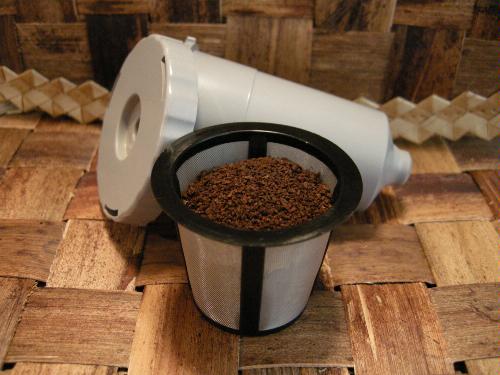haha
Give me a museum and I'll fill it. (Picasso) Give me a forum ...
Here's a monkey coffee that goes for a pretty good price too.
"Whenever you think coffee connoisseurs have come up with the strangest idea, just wait for this one. It will leave you holding your breath! What kind of coffee could possibly sell for prices ranging from $100 to $300 per pound? I present to you Kopi Luwak. An extremely rare coffee due to the fact that the beans are first processed through the intestinal track of a palm civet (Paradoxurus hermaphroditus). Once thought of as only an urban legend, I now present you with the honest truth. This raccoon like animal has a sickly-sweet odor reminiscent of a striped skunk and loves the cherry like fruit that covers the coffee bean. Yes, ingested and deposited shortly thereafter, the beans are ripe for the picking. Once thought as a pest to the crop, these critters are now welcomed friends. Coffee pickers comb the civet's droppings for the berries and remove the husk. These yummy, choice beans are thoroughly washed, in other words, decrappinated, then roasted and ready for the brew. Oh boy, an aromatic brew it would be."
Kopi Luwak - Good to the last dropping (INeedCoffee.com)
"Whenever you think coffee connoisseurs have come up with the strangest idea, just wait for this one. It will leave you holding your breath! What kind of coffee could possibly sell for prices ranging from $100 to $300 per pound? I present to you Kopi Luwak. An extremely rare coffee due to the fact that the beans are first processed through the intestinal track of a palm civet (Paradoxurus hermaphroditus). Once thought of as only an urban legend, I now present you with the honest truth. This raccoon like animal has a sickly-sweet odor reminiscent of a striped skunk and loves the cherry like fruit that covers the coffee bean. Yes, ingested and deposited shortly thereafter, the beans are ripe for the picking. Once thought as a pest to the crop, these critters are now welcomed friends. Coffee pickers comb the civet's droppings for the berries and remove the husk. These yummy, choice beans are thoroughly washed, in other words, decrappinated, then roasted and ready for the brew. Oh boy, an aromatic brew it would be."
Kopi Luwak - Good to the last dropping (INeedCoffee.com)



